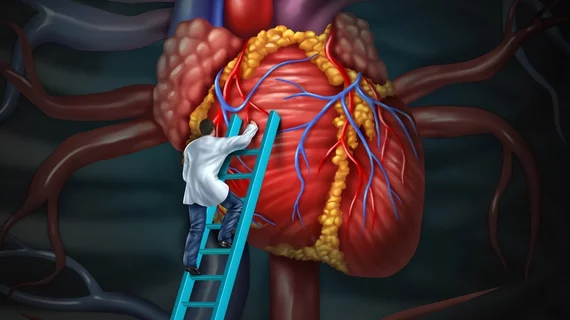Cardiologist is officially the highest-paying job in the US
Cardiologists earn the highest annual salary in the United States, according to new data from the U.S. Bureau of Labor Statistics (BLS). Almost all of the other jobs in the top 25 are also physicians.
BLS, a division of the U.S. Department of Labor, releases updated Occupational Employment and Wage Statistics estimates every April. The most recent findings, which reflect U.S. salaries through May 2022, are now live on the BLS website.
Overall, Cardiologist is the No. 1 highest-paying job in the country with an annual mean wage of $421,330. This represents a 17% increase compared to the previous year’s report.
There are currently 16,870 cardiologists in the United States, according to the estimates. The mean hourly wage associated with cardiologists is $202.56 per hour.
Physicians round up a majority of the other occupations in the top 25. Orthopedic surgeons come in at No. 2 with an annual mean wage of $371,400, and pediatric surgeons come in at No. 3 with an annual mean wage of $362,970.
Athletes/sports competitors (No. 4), chief executives (No. 18) and airline pilots /flight engineers (No. 21) are some of the few occupations near the top of the list that are not physicians.
Cardiovascular technologists and technicians have their own listing in the BLS data. This job title is linked to an annual mean wage of $65,490 and a mean hourly wage of $31.49.
Additional employment data on cardiologists
The BLS website also includes a detailed breakdown of all data related to cardiologists. For example, according to the data, the states employing the highest number of cardiologists are New York (2,370), California (2,130), New Jersey (1,690), Florida (1,220) and Texas (690).
The number of employed cardiologists per 1,000 jobs, meanwhile, is the highest in New Jersey (0.41), New Mexico (0.37), New Hampshire (0.29), New York (0.26) and Delaware (0.22).

